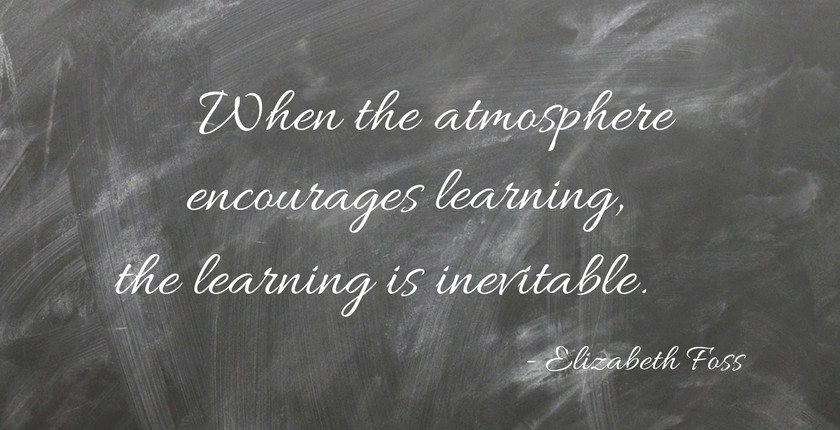By Chandra Montgomery Nicol, Executive Director
What does it take to create a space for learning like Clonlara School’s campus in Ann Arbor, Michigan? That’s a question often asked by our colleagues in Clonlara’s 11 international offices and affiliates for which I have no set answer.
I don’t know of an exact science for determining the size or design of a classroom—there are so many variables. For example, a small room with a cozy atmosphere is much better than a big room with lots of space, if the big room is lacking a sense of community among the students. Each of us may have an ideal picture of what a school or classroom should be, but each of us has a different perspective, too.
To address the question, I like to share an article about an exciting Japanese kindergarten that probably offers the best advice on this subject: “Think like a kid!” Why not have the students look at the different rooms of the school and suggest what they would want in their space? The adult concerns of budget, storage, location, etc., will all demand the staff’s attention, but let’s not put them first.
Clonlara’s Youngers and Olders classrooms are roughly 50 feet x 55 feet (15.5 meters x 17 meters) with bathrooms, areas for science and art, and smaller rooms that are used for office space and quiet (or loud) projects. We also have a nutrition center, an atrium, and other large common spaces for art, physical activity, and group meetings. However, these physical aspects of our building would not make an ideal space for learning without the following essential ingredients that our staff, students, and families bring to them:
- Joy
- Trust
- Celebration
- Empathy
- Gratitude
- Compassion
- Strengths
- Community
- Relationships
Creating a school where the above are delivered with integrity allows kids to focus on the subjects and activities that give them a sense of fulfillment, accomplishment, and engagement in their learning. The space alone cannot support student learning and growth, but what goes into it definitely can. So, be purposeful and creative with your space and listen to your students when designing it. The result can be a love of learning that stays with the students long after they leave your building!
Whether in a school or home-based setting, what are your essential ingredients for a learning environment? Please share your comments below.








One Response
Dear Chandra,
Certainly for being Portuguese and poor I hardly know what the architecture of and for compassion and gratitude is. If we add celebration, strength, community, etc…, I ask myself what architecture may have to do with it (although the connection is obvious) because I’d think how you can find teachers to be so surely built for compassion, empathy, …because mankind is not that wide to assemble all those virtues in such a democratic way. What is architecture in Ann Arbor, some magic way to structure souls to grant happiness?
My best teacher was Italian, he pretended to be lively and tender and he finally succeeded to be extremely alive and affectionate. Our classroom, in Porto Italy Consulate, was so so so old, so decaying, so marvelously lacking everything but so genial in the way we were there to imagine Italy was ours for twice a week.
And rigor and correction beyond understanding and empathy? what is their human architecture in our possibly ugly days?